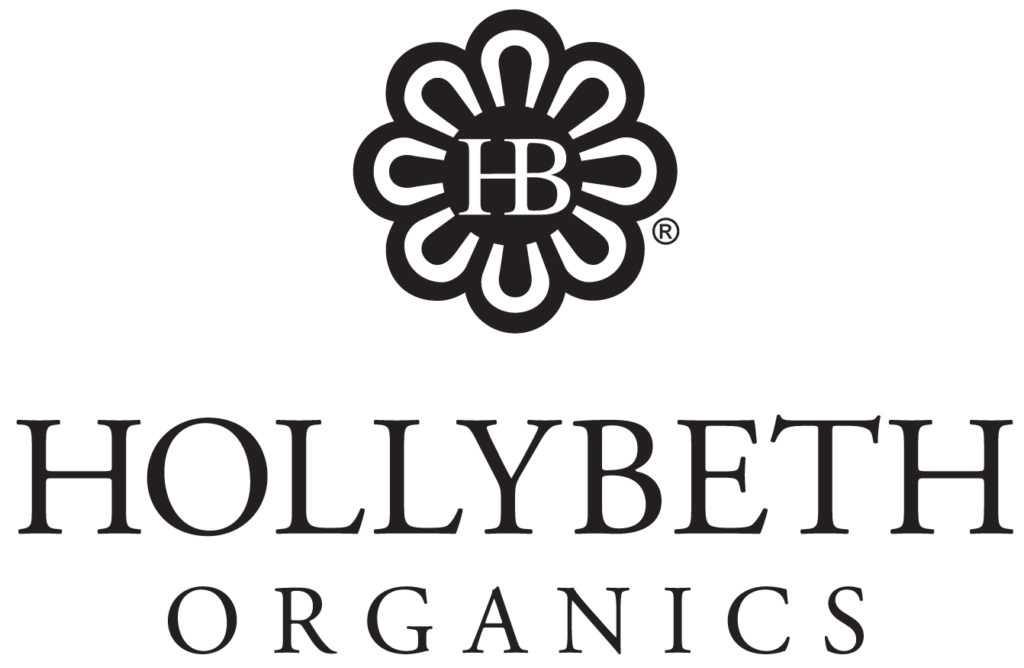beauty, Garden, gardening, hollybeth website, ingredients, organic, organic skincare, skincare
Cranberries aren’t just for Thanksgiving
History
Cranberries aren’t just for Thanksgiving. More importantly, they aren’t just frozen and in a sauce. We can thank Native Americans ingenuity for developing the versatility of this sour berry as it was a mainstay in their diet and life. Cree boiled the fruit and used it to dye porcupine quills for clothing and jewelry. Chippewa used cranberries as bait to trap the snowshoe hare. The leaves were used in teas, the fresh fruit was eaten as well as dried. However, the most interesting to me is the energy bar they created called pemmican. “So vital was pemmican to the survival of fur traders and early settlers in Canada,” writes food historian and cookbook author Jennifer McLagan, “that its supply sparked unrest between the Native Americans and the Europeans.” Responding to a food shortage in 1814, the governor of the Red River colony, Miles Macdonell, attempted to prohibit the export of pemmican by the Métis.
Medicinal Uses
Cranberries were used as medicine by the Native Americans. It was used to fight scurvy and infections and it worked. They would grind the berries and use them as paste on top of the wounds for healing.
The plant
Native to North America, cranberries grow on vines. They do not grow in the water bogs we see on tv. Cranberries will float in water thus making it easier to harvest. It also protects them from heat and cold. The largest producer of cranberries in the U.S. is Wisconsin.
For the skin
Fast forward to today and chemists have found that cranberries are loaded with polyphenols. Polyphenols are naturally occurring compounds found in fruits and vegetables. Polyphenols are helpful in addressing skin stressors such as pollution, sun damage etc. etc These polyphenols have an antioxidant effect on the skin, slowing down the process of our skin’s appearance of aging. Our eye balm is formulated with cranberry seed oil making it the perfect choice to diminish fine lines as well as hydrating the delicate eye area.
